Two Story Heating/Cooling Costs
splats
10 years ago
Related Stories
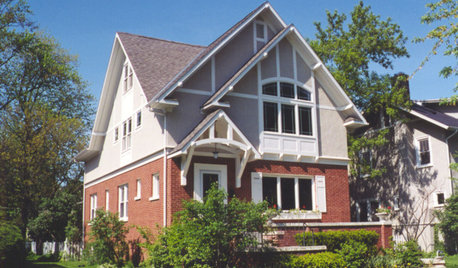
REMODELING GUIDESMovin’ On Up: What to Consider With a Second-Story Addition
Learn how an extra story will change your house and its systems to avoid headaches and extra costs down the road
Full Story
REMODELING GUIDESCool Your House (and Costs) With the Right Insulation
Insulation offers one of the best paybacks on your investment in your house. Here are some types to discuss with your contractor
Full Story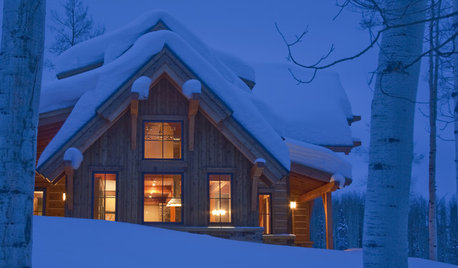
LIFEIs Cabin Fever Real? Share Your Story
Are snow piles across the U.S. leading to masses of irritability and boredom? We want to hear your experience
Full Story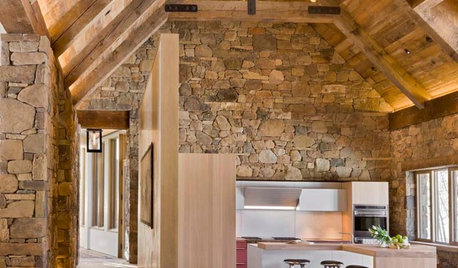
ARCHITECTUREDesign Workshop: Materials That Tell a Story
See how wood, concrete and stone convey ideas about history, personal taste and much more
Full Story
FLOORSIs Radiant Heating or Cooling Right for You?
Questions to ask before you go for one of these temperature systems in your floors or walls (yes, walls)
Full Story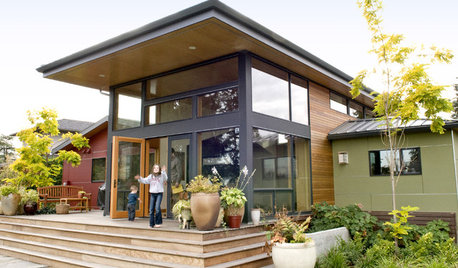
REMODELING GUIDESRoof Overhangs Project Lower Energy Costs
Make a dramatic style statement and lower home energy bills with a deep roof overhang on your house
Full Story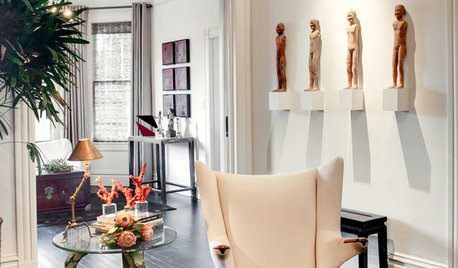
ECLECTIC HOMESHouzz Tour: Ancient and New Tell a Story in San Francisco
Chinese artifacts join 1970s art and much more in a highly personal, lovingly reincarnated 1896 home
Full Story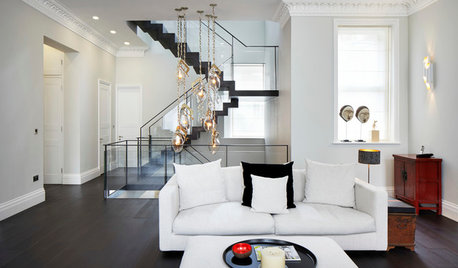
MODERN STYLEHouzz Tour: Three Apartments Now a Three-Story Home
A grand new staircase unifies a sophisticated, industrial-tinged London townhouse
Full Story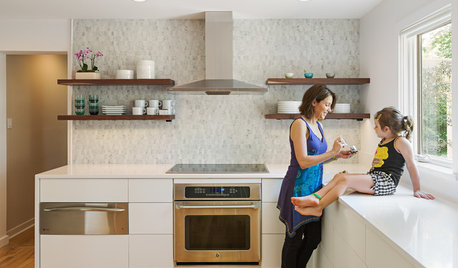
INSIDE HOUZZTell Us Your Houzz Success Story
Have you used the site to connect with professionals, browse photos and more to make your project run smoother? We want to hear your story
Full Story
ARCHITECTURETell a Story With Design for a More Meaningful Home
Go beyond a home's bones to find the narrative at its heart, for a more rewarding experience
Full Story





klem1
mike_home
Related Professionals
Freeport Solar Energy Systems · Waltham Solar Energy Systems · Moraga Solar Energy Systems · Azalea Park Solar Energy Systems · Coral Terrace Home Automation & Home Media · Franklin Home Automation & Home Media · Lees Summit Home Automation & Home Media · Novi Home Automation & Home Media · Pittsburgh Home Automation & Home Media · Saint Augustine Home Automation & Home Media · Valle Vista Home Automation & Home Media · Waukegan Home Automation & Home Media · East Cleveland Home Automation & Home Media · Hoffman Estates Fireplaces · San Tan Valley FireplacesSaltiDawg
mike_home
klem1
splatsOriginal Author
klem1
SaltiDawg
ionized_gw
Bruce in Northern Virginia